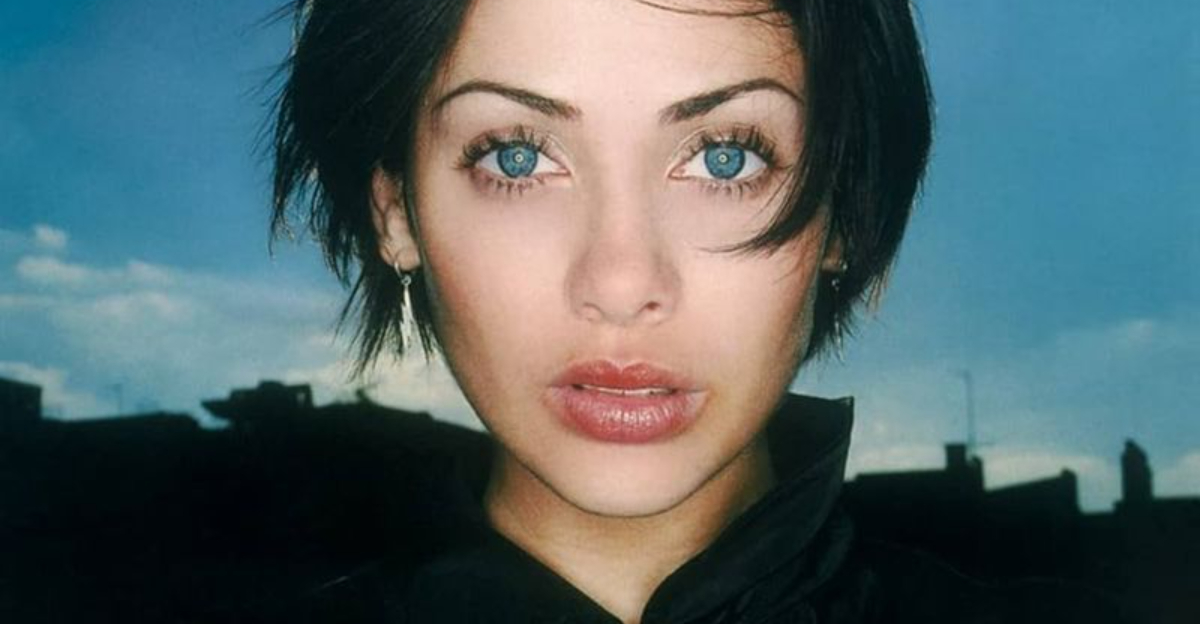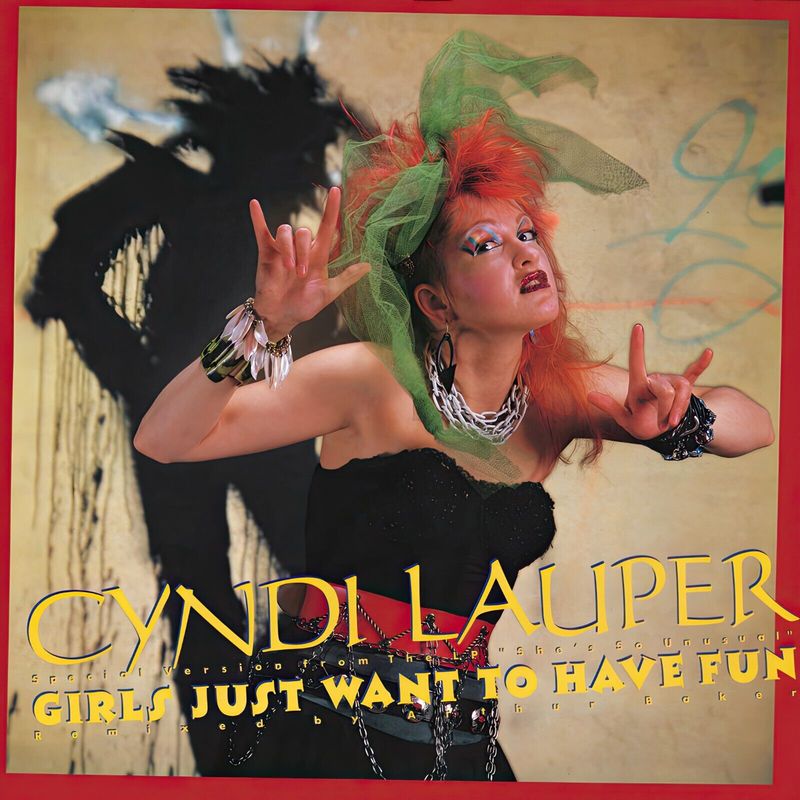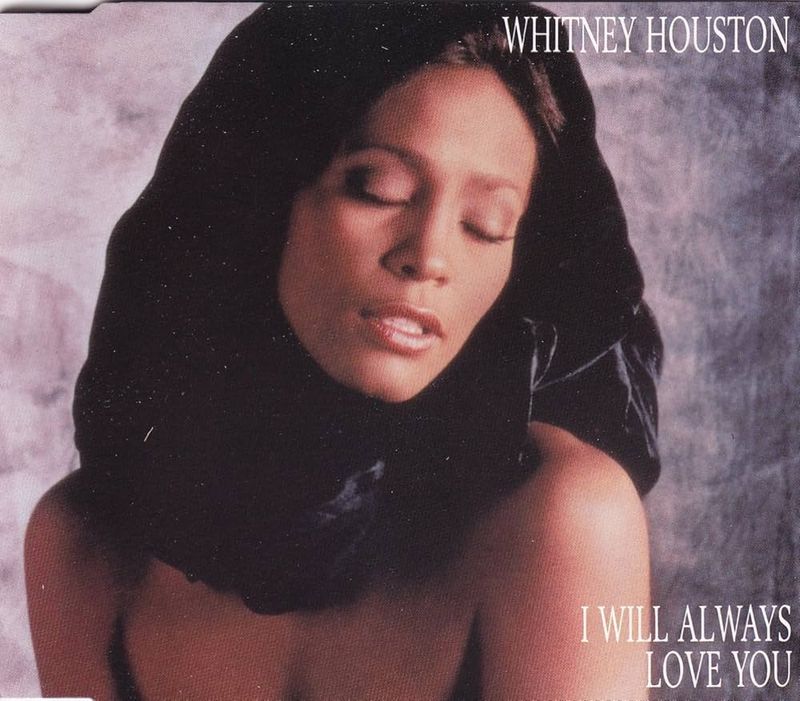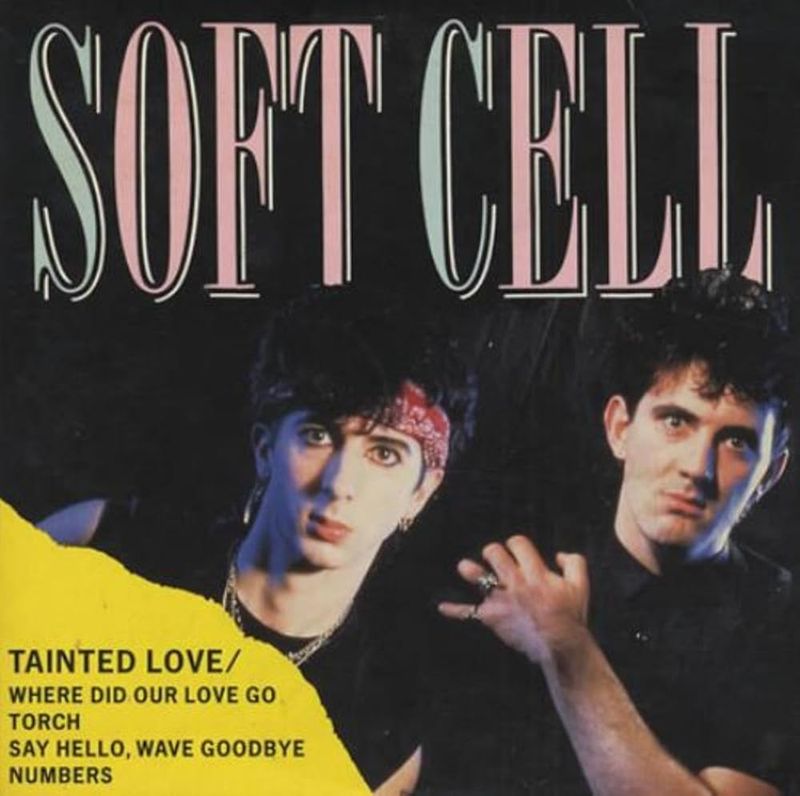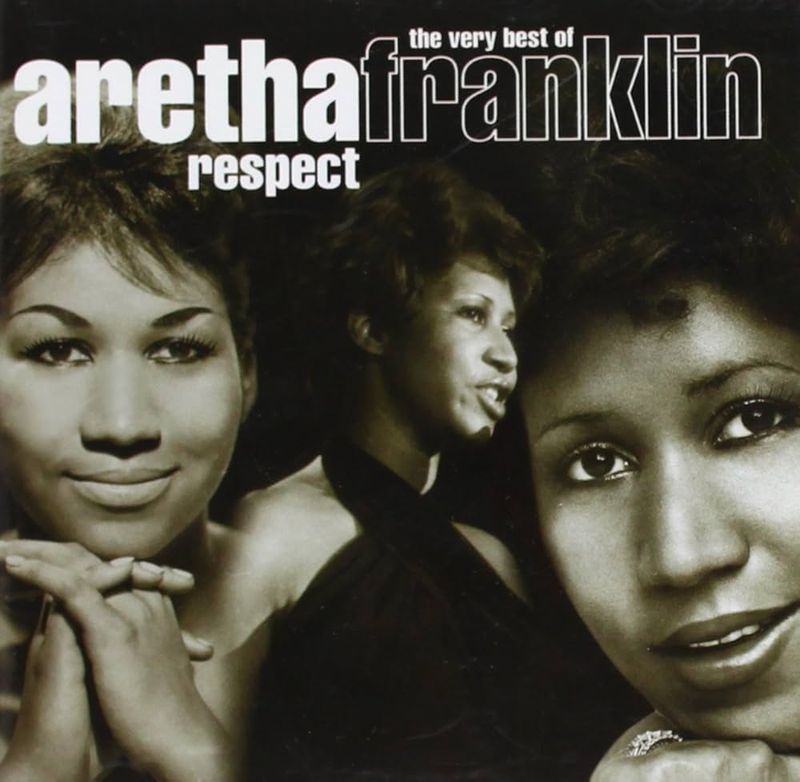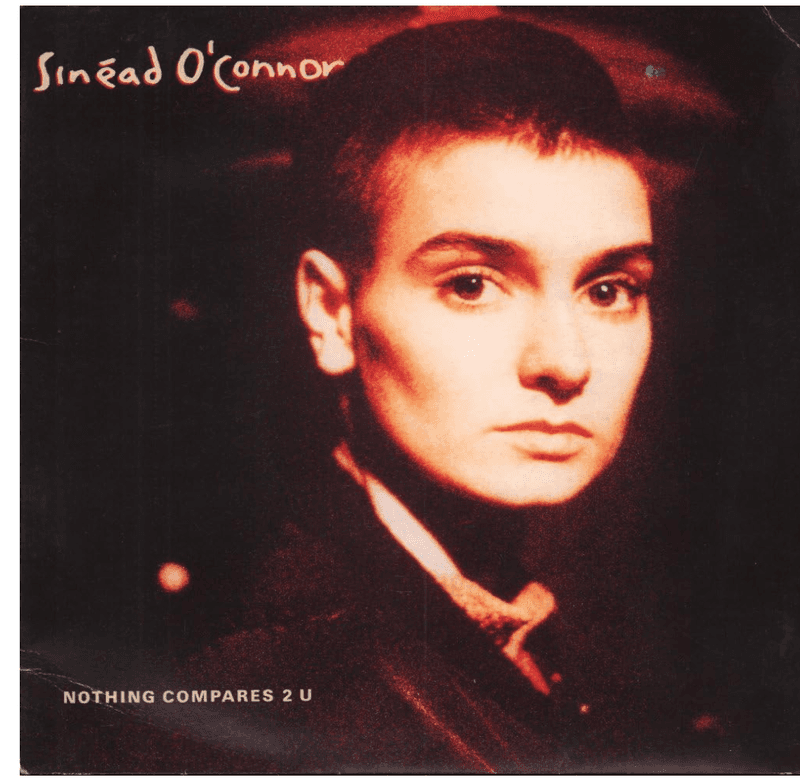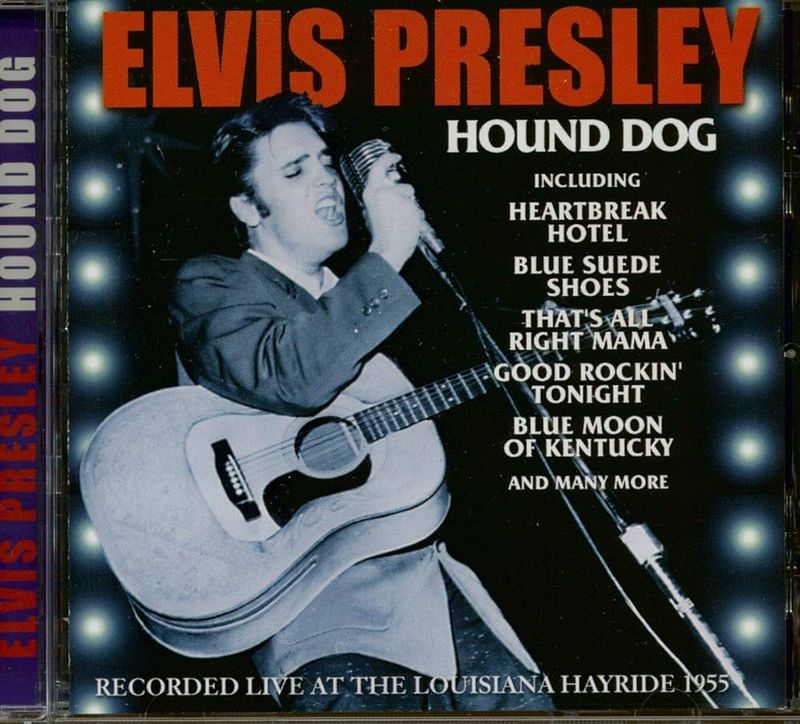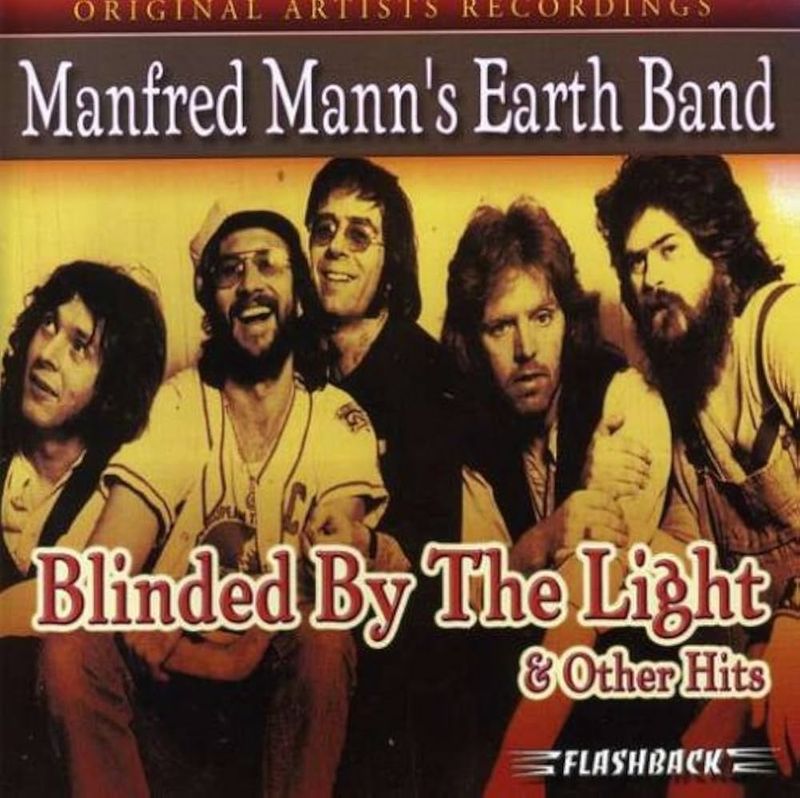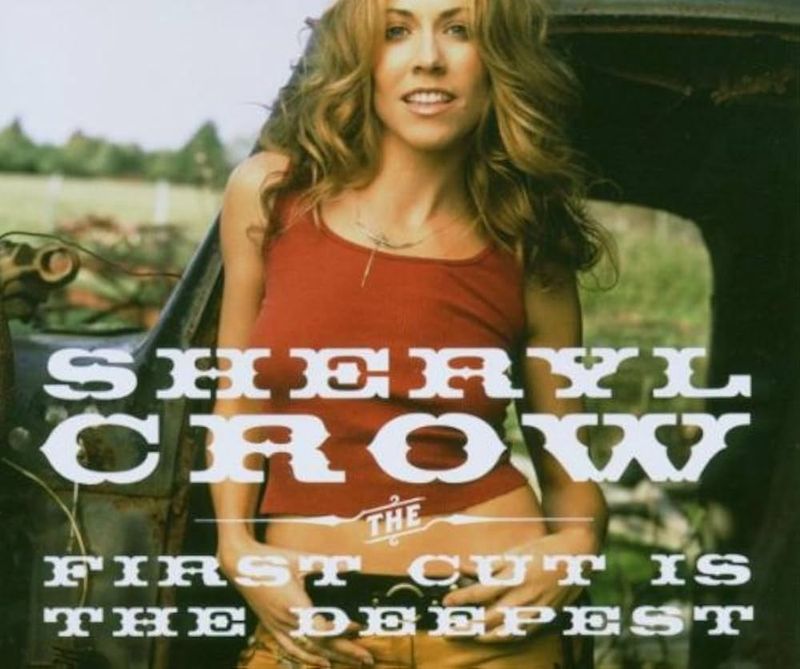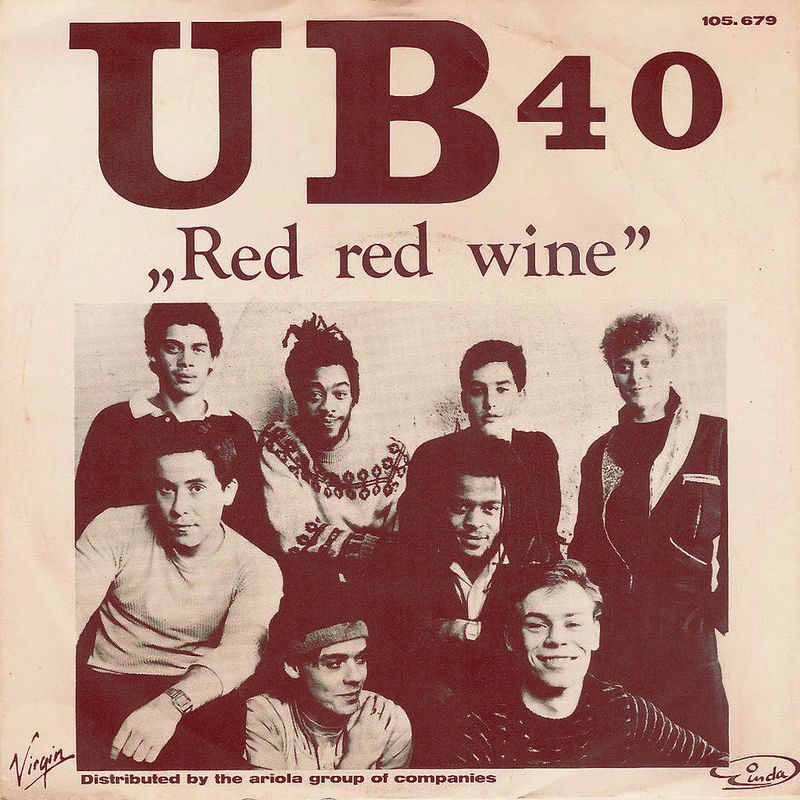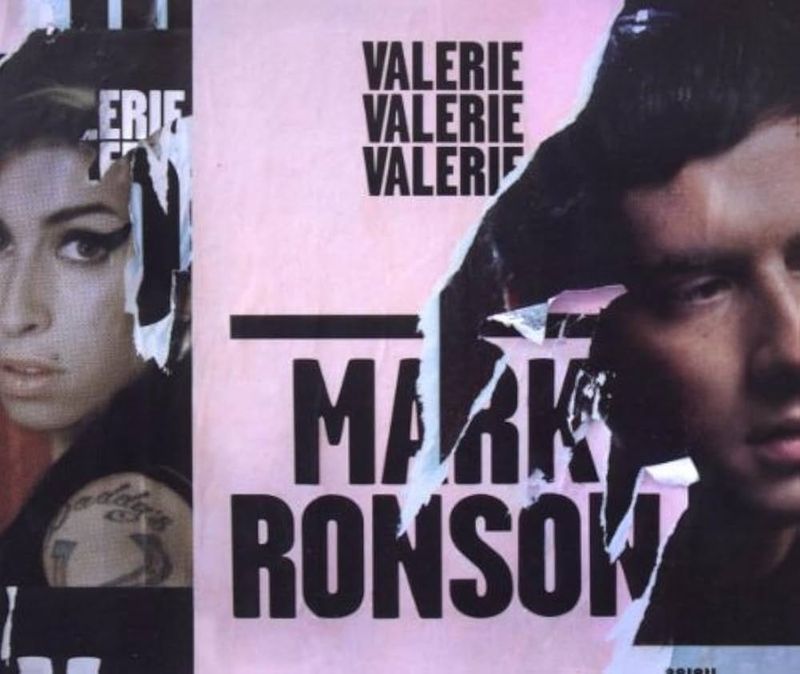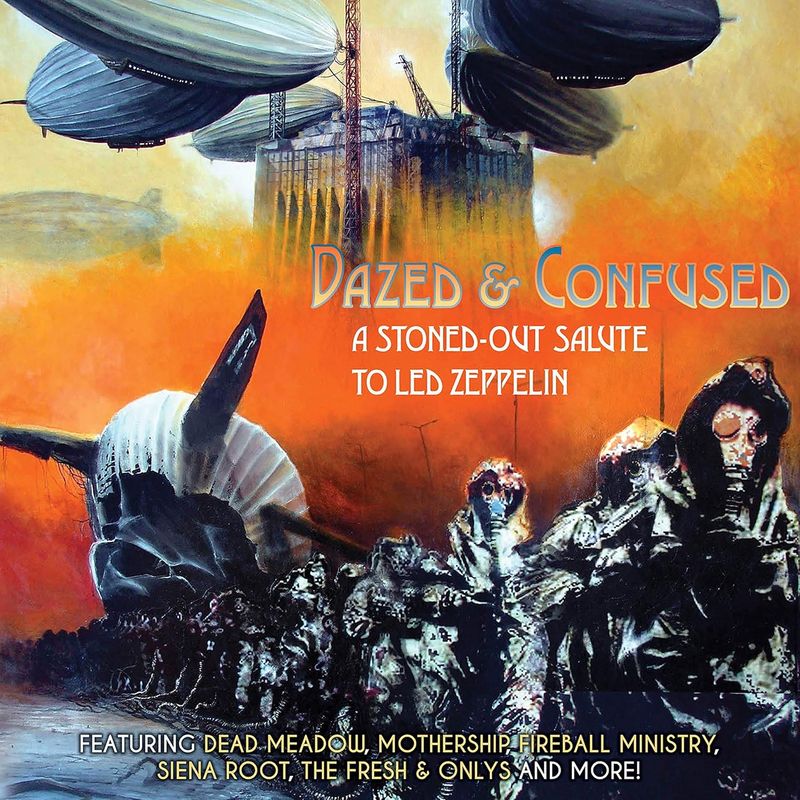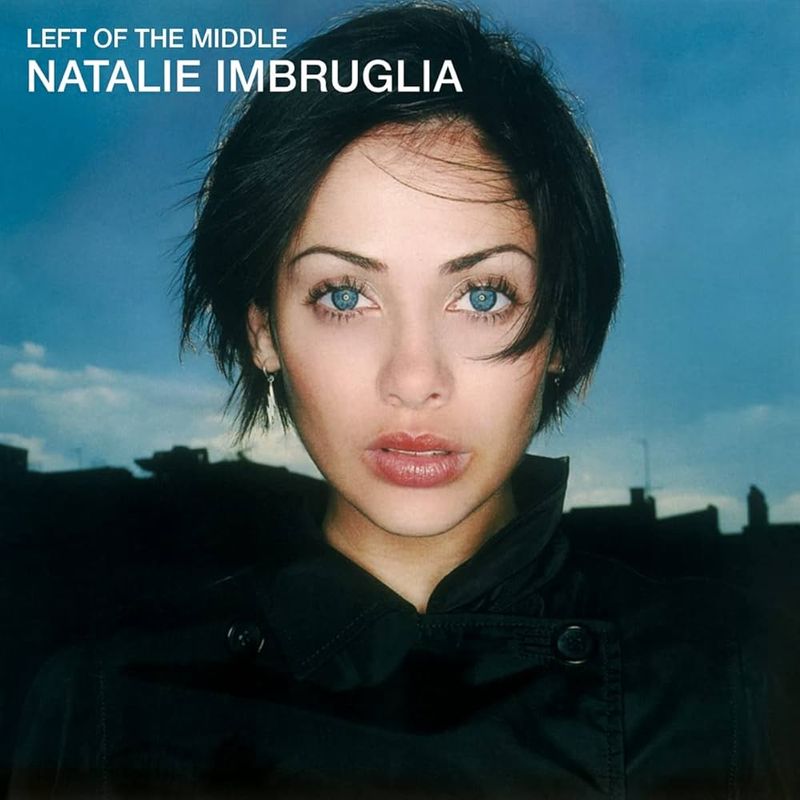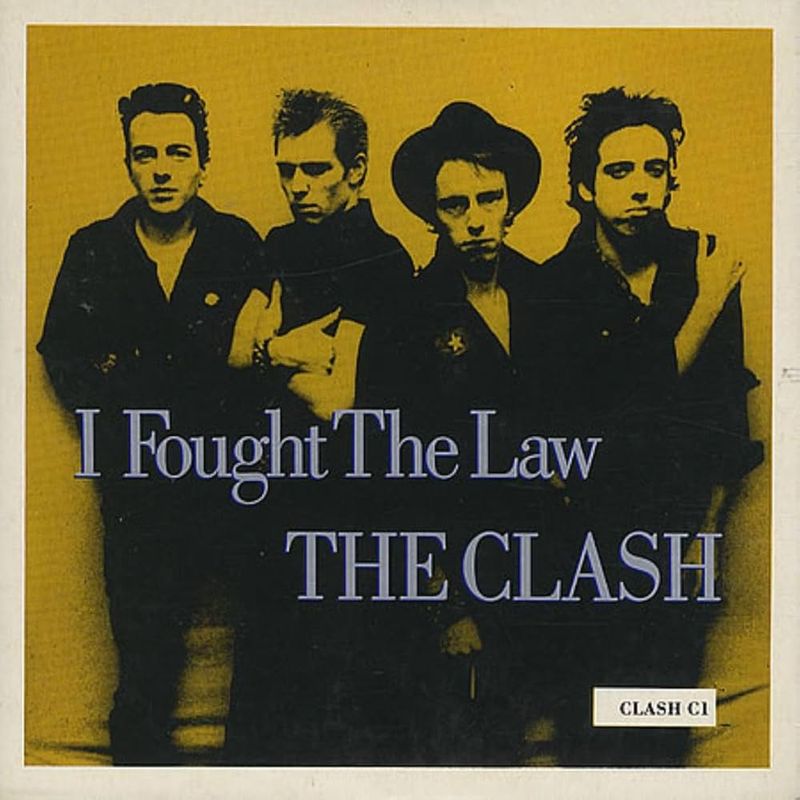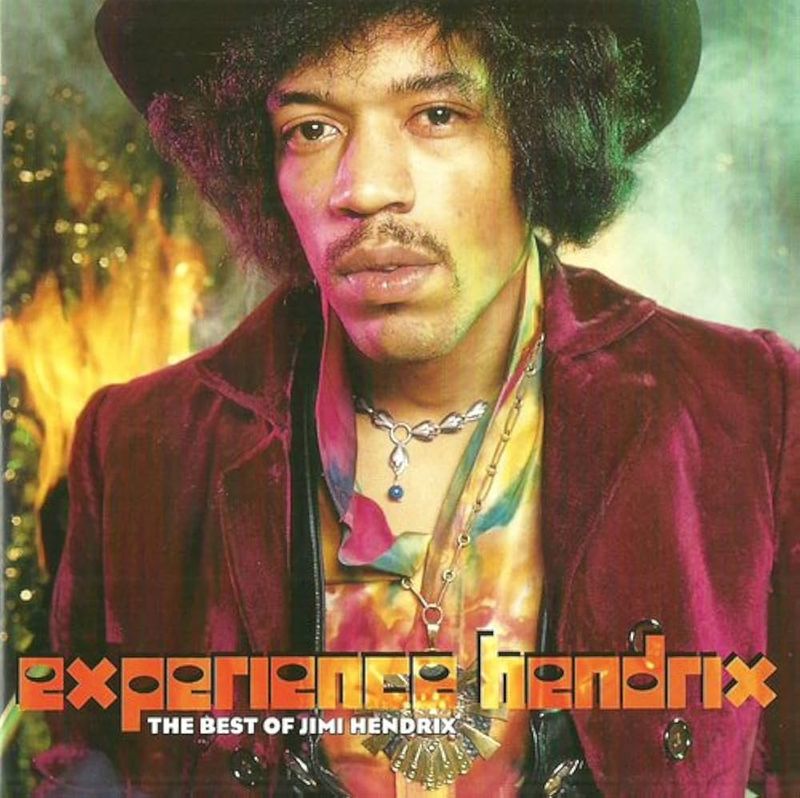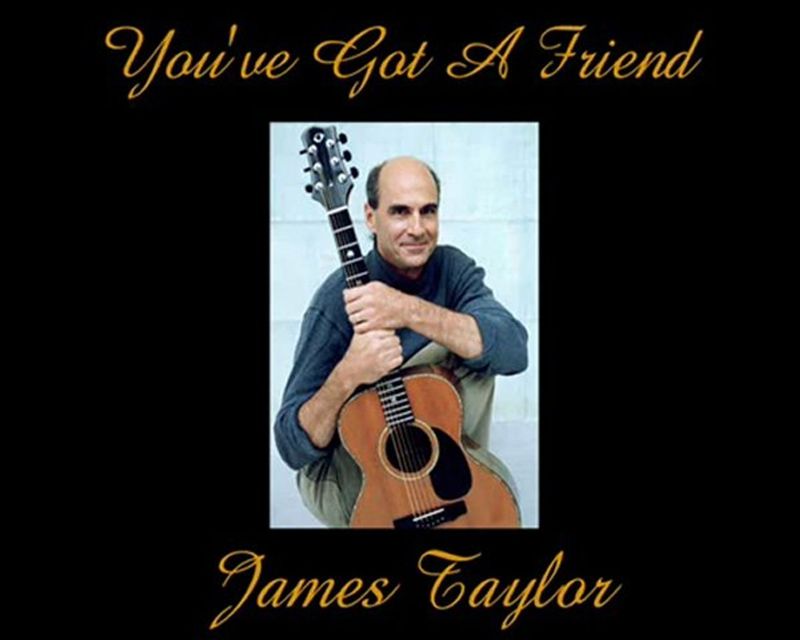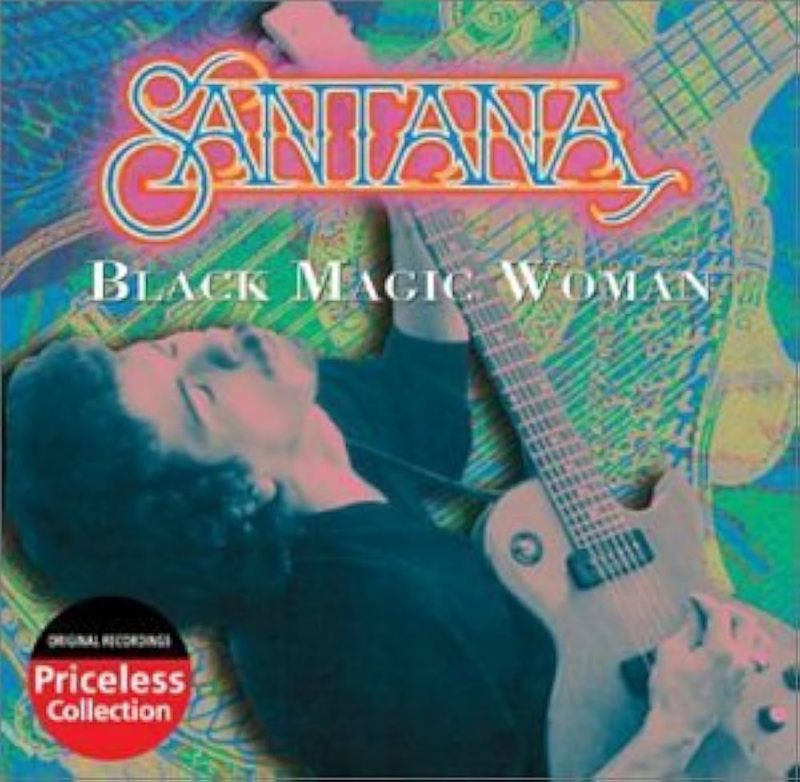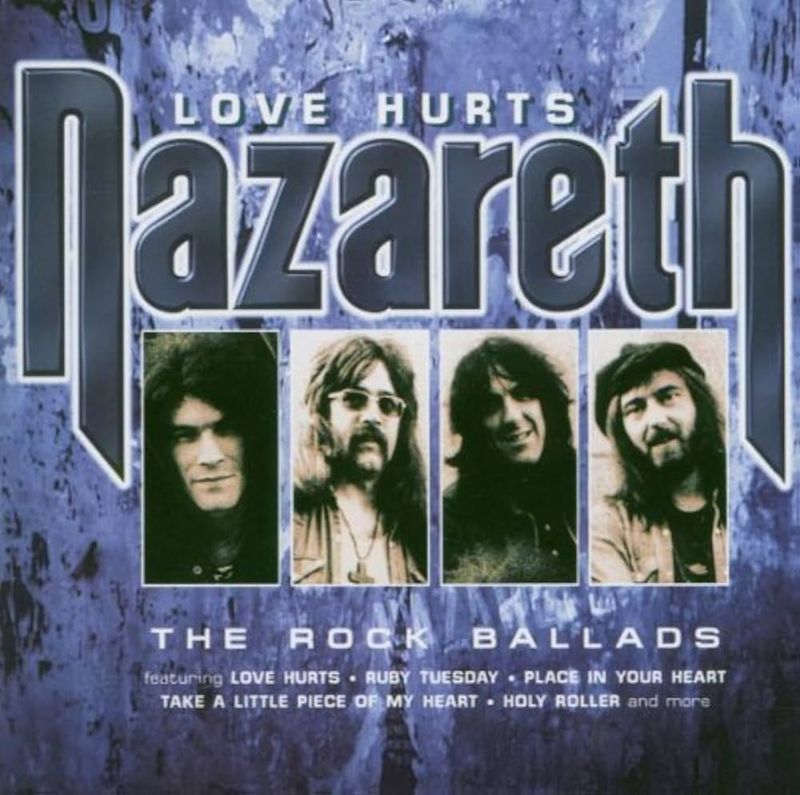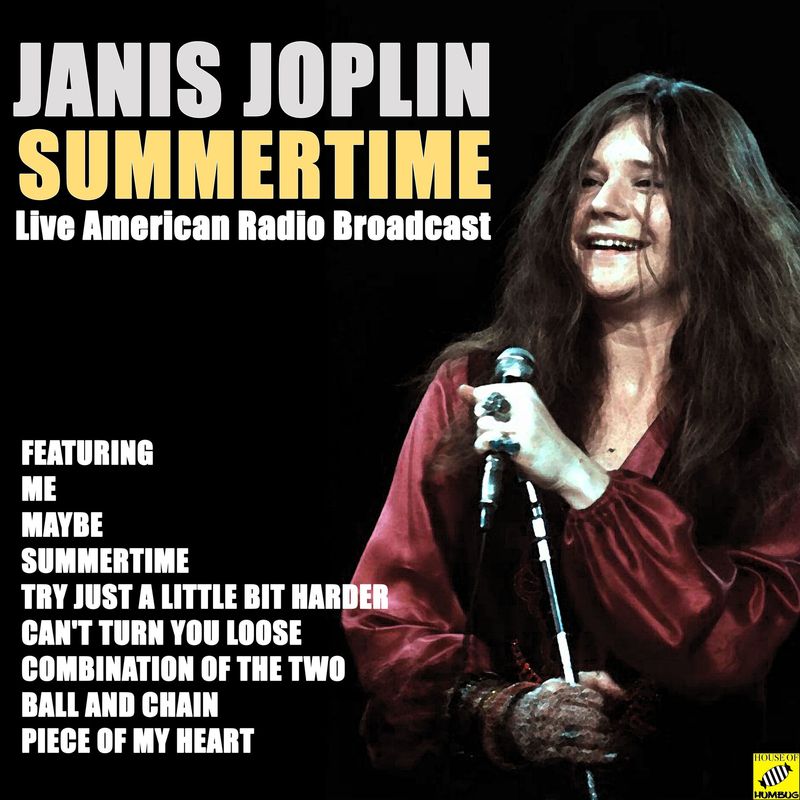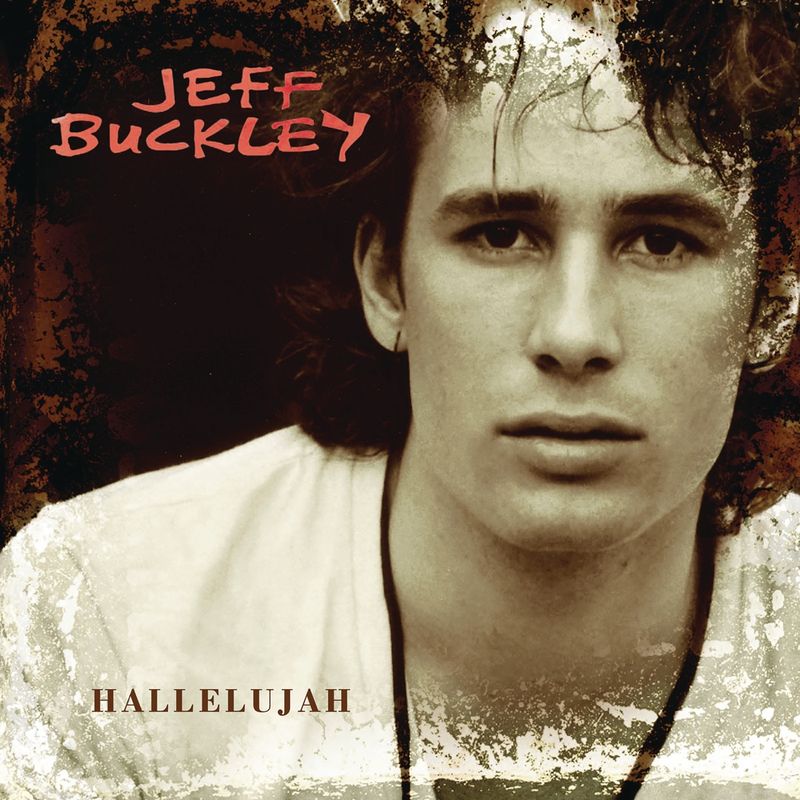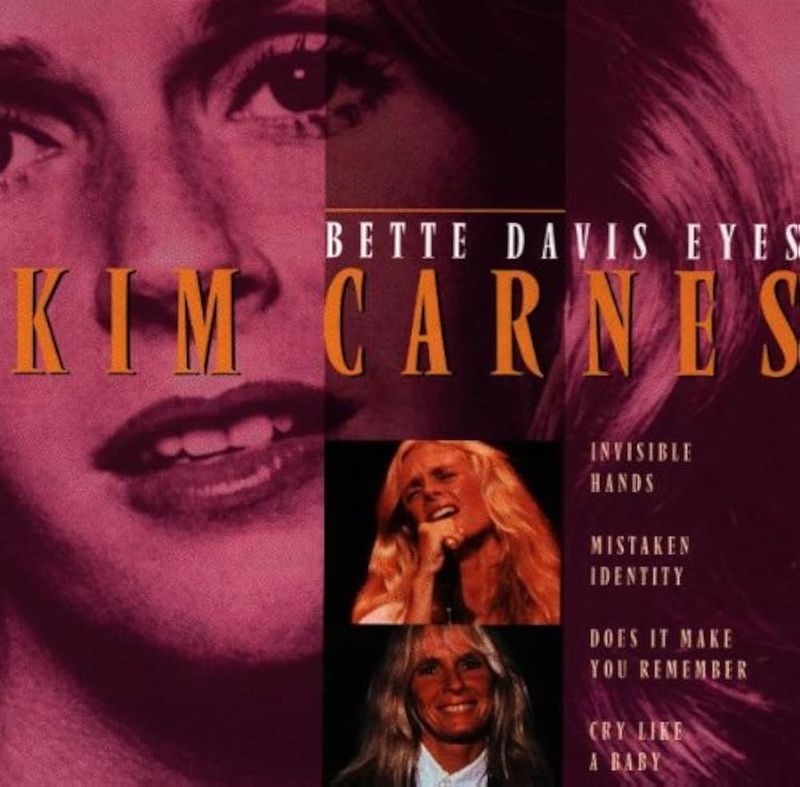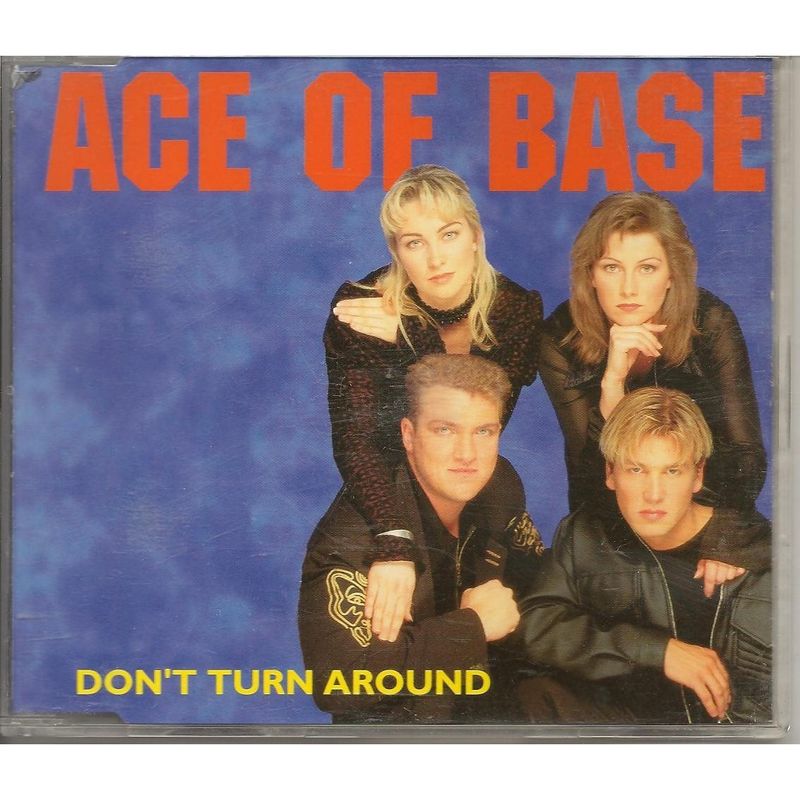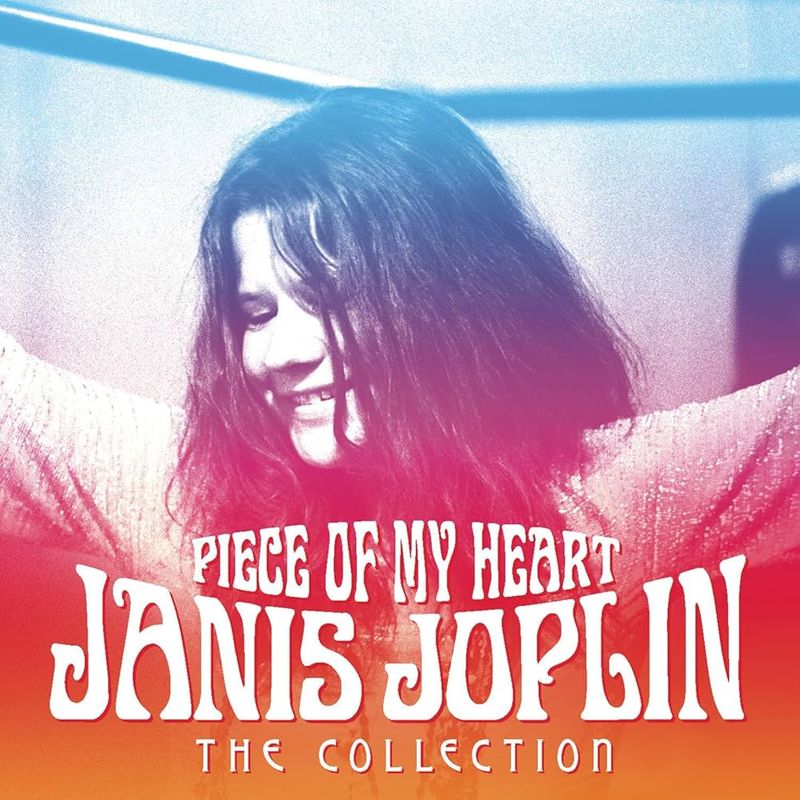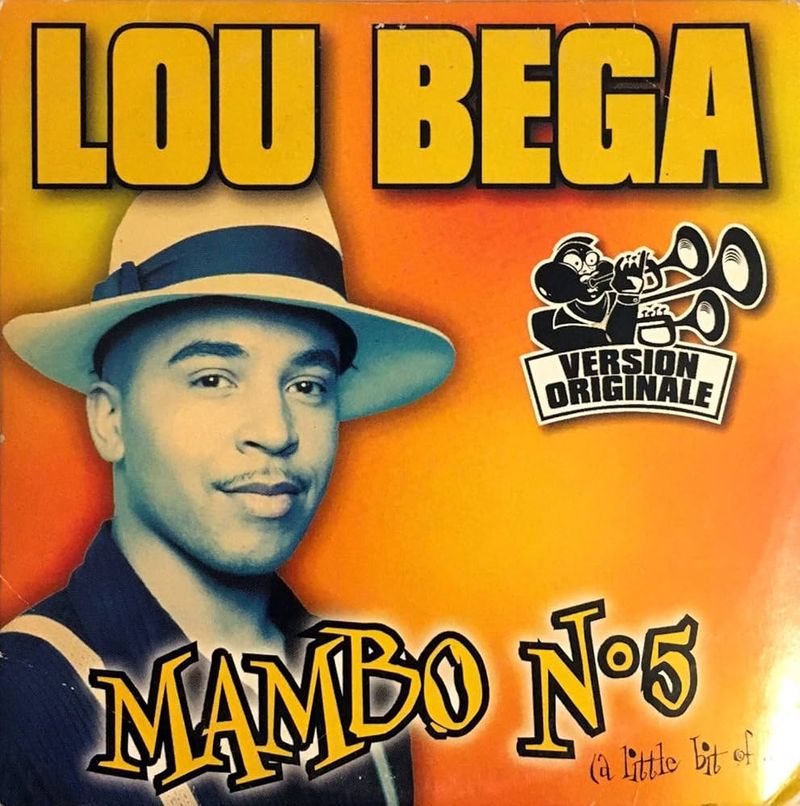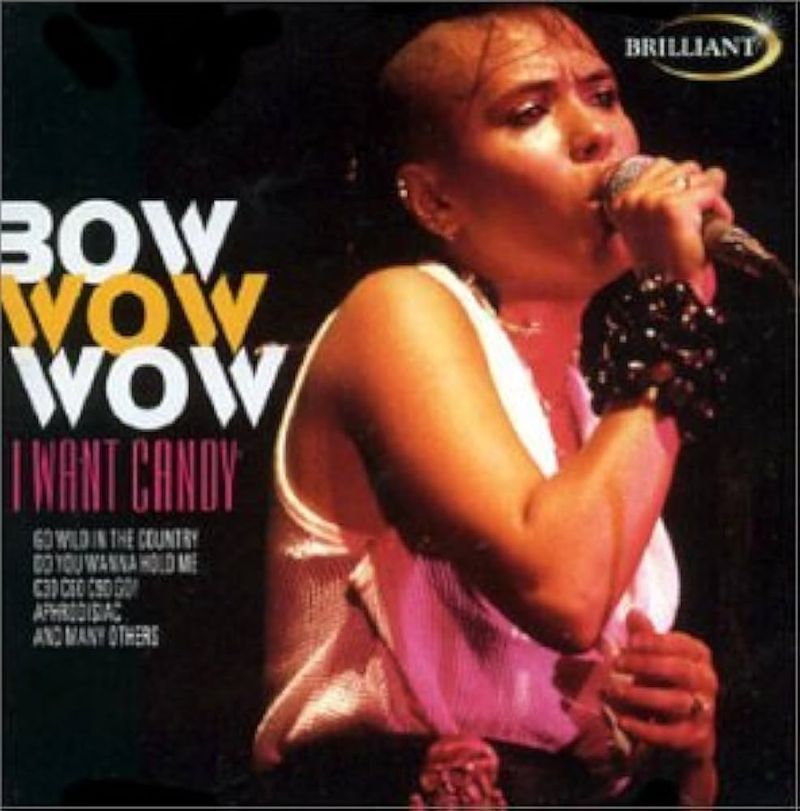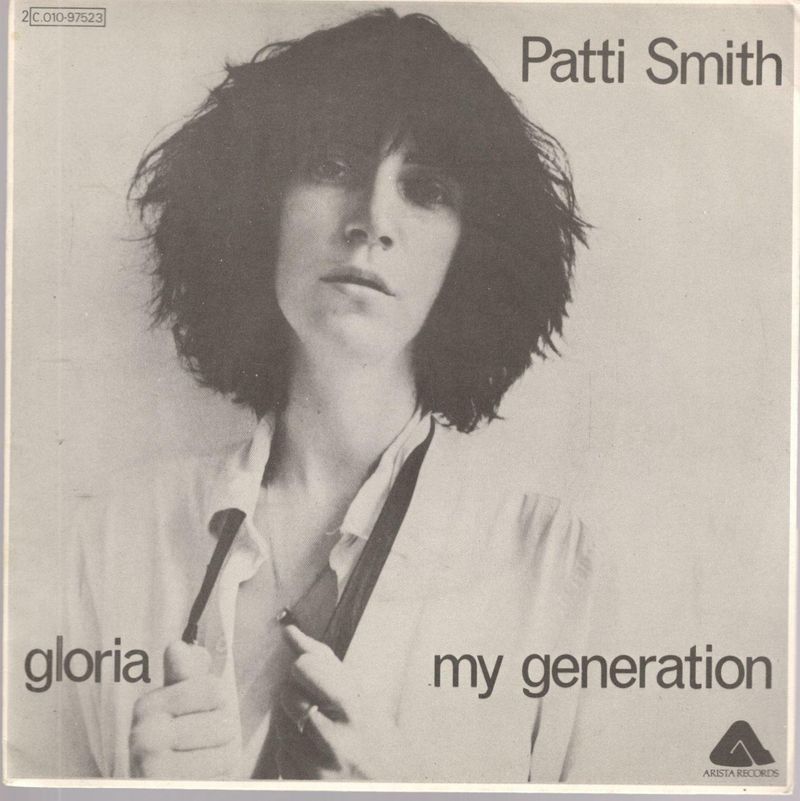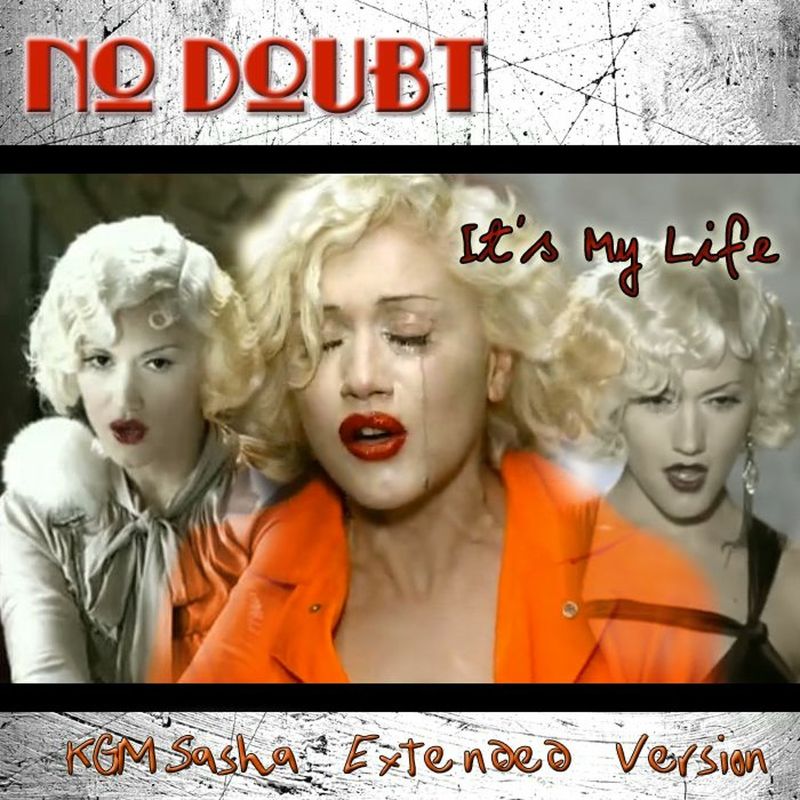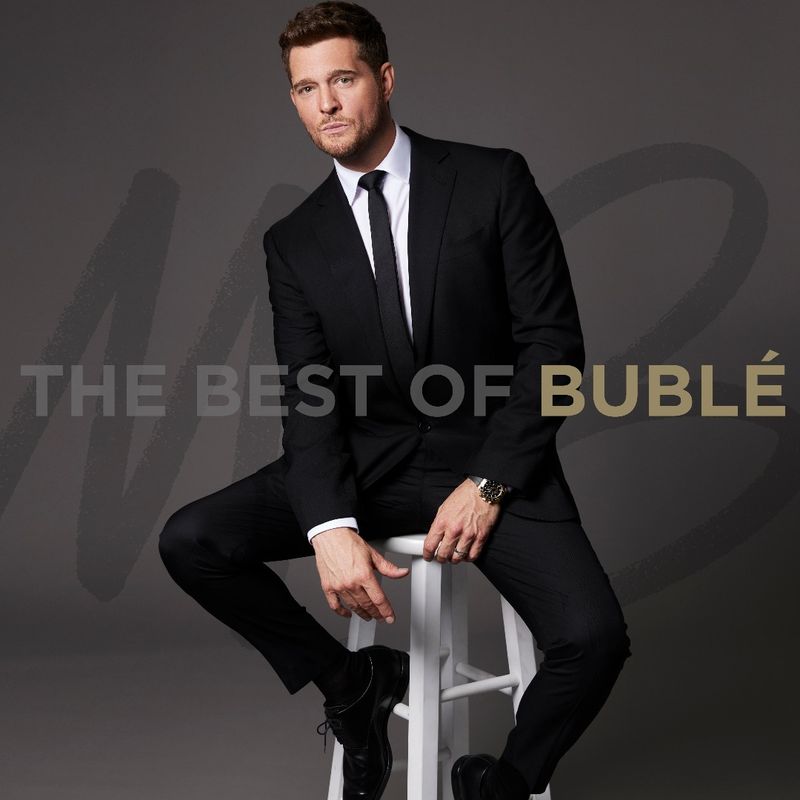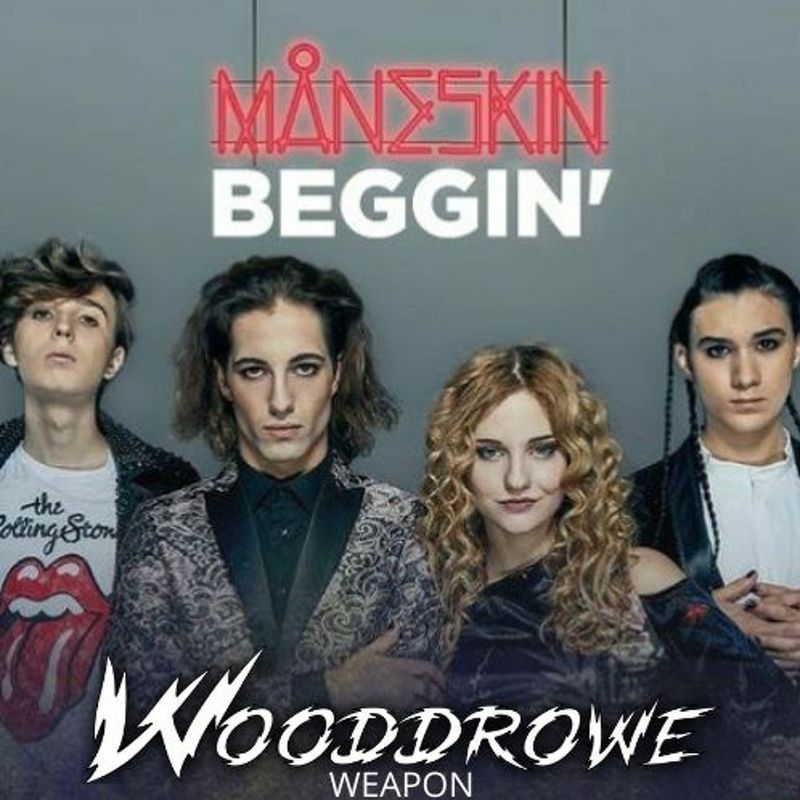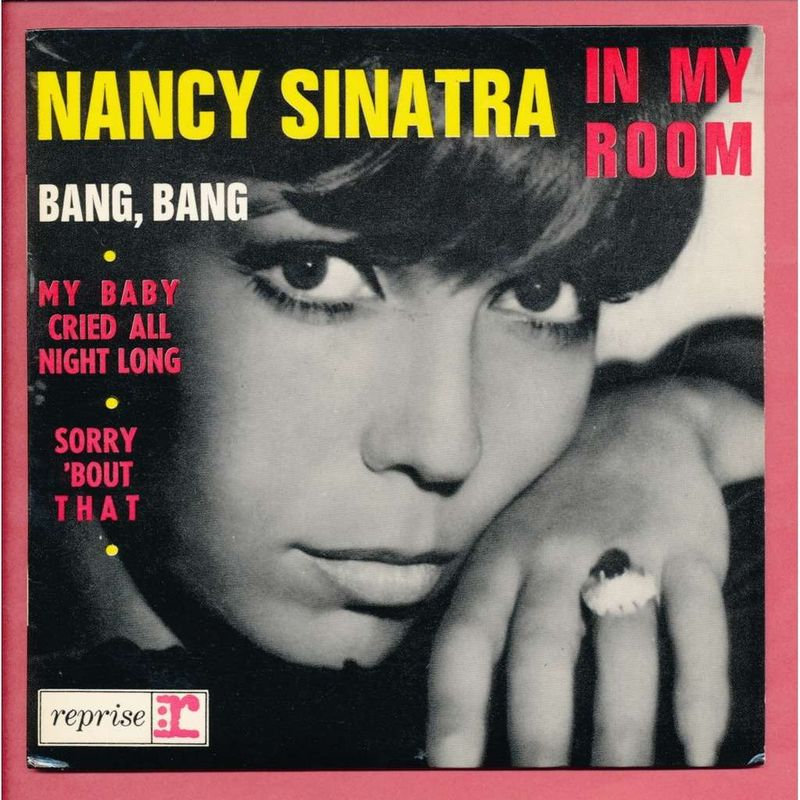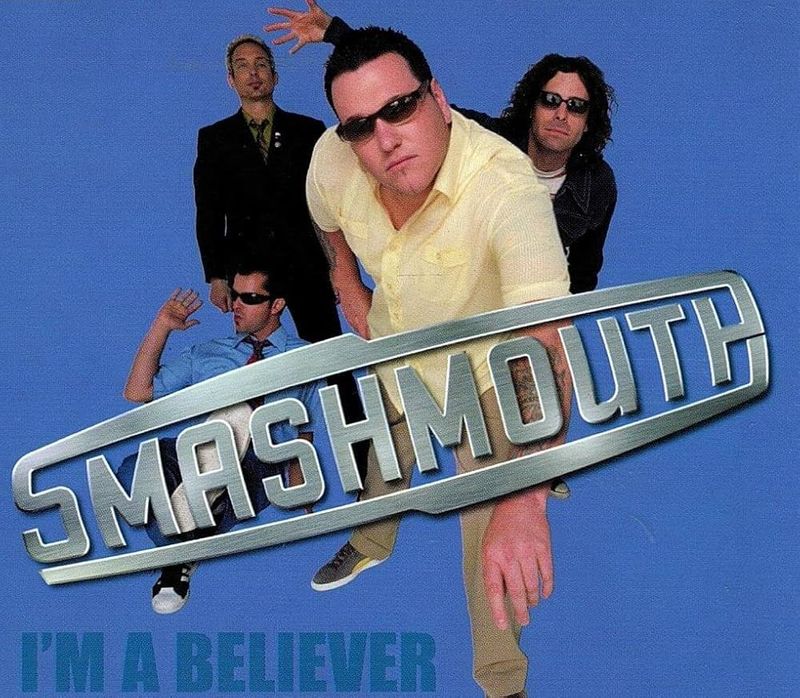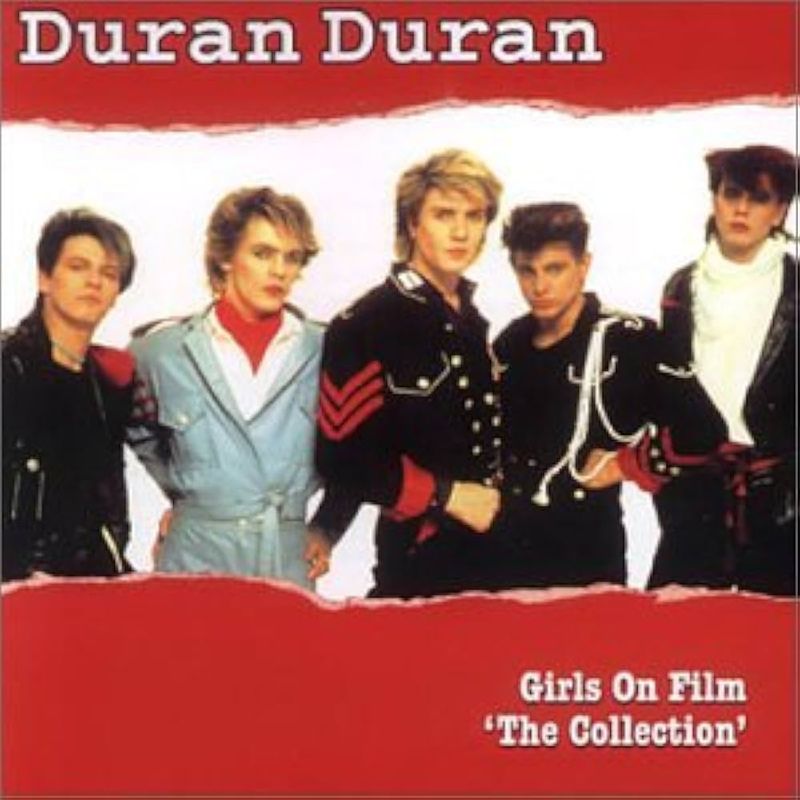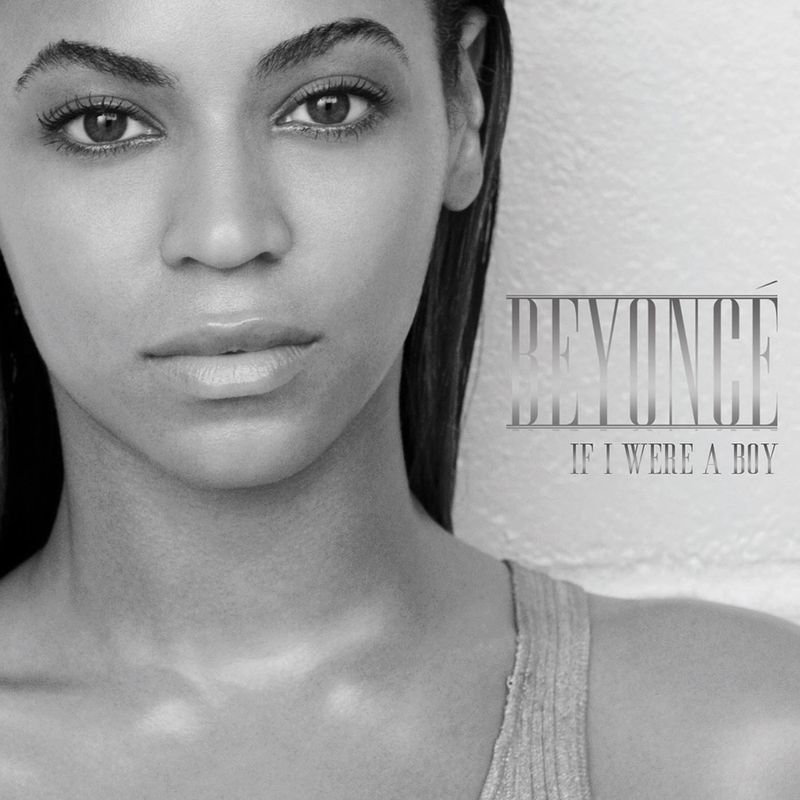Many popular songs that have become anthems in their own right were actually covers of earlier tracks. These covers often outshine the originals, leaving listeners unaware of their true origins.
Let’s explore 30+ hit songs that are actually covers, each paired with a brief history and an evocative image prompt.
1. “Girls Just Want to Have Fun” – Cyndi Lauper
Cyndi Lauper’s “Girls Just Want to Have Fun” became an iconic feminist anthem during the 1980s, yet it was originally recorded by Robert Hazard in 1979.
However, Hazard’s version was never released as a single, allowing Lauper’s energetic and colorful reinterpretation to take center stage. Lauper’s version was transformative, not just in sound but also in messaging, turning the song into a declaration of independence and fun.
The accompanying music video, featuring a lively dance party, further cemented its place in pop culture history. This track remains a quintessential part of 80s music nostalgia.
2. “I Will Always Love You” – Whitney Houston
Whitney Houston’s rendition of “I Will Always Love You” is often mistakenly thought to be the original. However, it was Dolly Parton who first penned and performed this heartfelt ballad in 1973.
Parton’s version was a country hit, but Houston’s powerful vocal delivery for “The Bodyguard” soundtrack catapulted the song into global fame.
Her version, with its emotional crescendo, continues to evoke deep emotions and is a testament to Houston’s incredible talent. The song became one of the best-selling singles of all time, showcasing Houston’s unique ability to reinterpret a classic and make it her own.
3. “Tainted Love” – Soft Cell
Soft Cell’s synth-pop hit “Tainted Love” is often associated with the new wave movement of the 1980s. Yet, it was Gloria Jones who first recorded the track in 1964 as a soul ballad.
Jones’ version didn’t initially achieve commercial success, but it became a cult favorite over time. Soft Cell reimagined the song with a darker, electronic sound that resonated with audiences in 1981.
This version’s haunting melody and rhythmic beat struck a chord, making it a defining hit of the era. The transformation from soulful original to electronic cover is a perfect example of musical reinvention.
4. “Respect” – Aretha Franklin
Aretha Franklin’s “Respect” is widely recognized as a powerful anthem for equality and empowerment. However, it was originally written and released by Otis Redding in 1965. Redding’s version carried a different tone—one of a man’s plea.
Franklin’s cover, released in 1967, flipped the narrative, demanding respect and asserting female independence. Her dynamic performance and commanding voice turned the song into a rallying cry for social change.
“Respect” became a defining moment in Franklin’s career and remains a timeless classic that continues to inspire and resonate across generations.
5. “Nothing Compares 2 U” – Sinéad O’Connor
Sinéad O’Connor’s “Nothing Compares 2 U” is best known for its raw emotion and stark music video featuring O’Connor’s poignant performance. Originally written by Prince for his band The Family in 1985, the song had a different vibe in its initial release.
O’Connor’s 1990 cover, stripped of excess instrumentation, highlighted the song’s lyrical depth and emotional intensity. Her haunting vocals and the intimate presentation resonated with a global audience, achieving massive commercial success.
The song’s legacy is a testament to O’Connor’s ability to channel deep personal emotion into a powerful musical experience.
6. “Hound Dog” – Elvis Presley
Elvis Presley’s “Hound Dog” is one of the most famous rock and roll tracks of all time, but it was originally recorded by blues singer Big Mama Thornton in 1952.
Thornton’s version had a raw, powerful blues feel, while Presley’s 1956 cover transformed it into an upbeat rock and roll anthem. His dynamic performance style and charismatic stage presence helped the song skyrocket in popularity, making it one of the best-selling singles of the era.
This cover not only defined a generation but also showcased Presley’s ability to reinterpret and popularize existing music in an entirely new way.
7. “Blinded by the Light” – Manfred Mann’s Earth Band
Manfred Mann’s Earth Band’s “Blinded by the Light” became a chart-topping hit in 1976, known for its catchy tune and complex lyrics. Originally written and recorded by Bruce Springsteen in 1973, the song’s initial version didn’t achieve the same level of success.
Manfred Mann’s cover reimagined the song with a progressive rock twist, featuring elaborate instrumentation and a more upbeat tempo.
This version’s unique interpretation and innovative sound captured listeners’ imaginations, turning it into a defining track of the 1970s. The evolution from Springsteen’s original to Mann’s cover illustrates the transformative power of musical creativity.
8. “The First Cut Is the Deepest” – Sheryl Crow (or Rod Stewart)
“The First Cut Is the Deepest,” covered by artists like Sheryl Crow and Rod Stewart, originated with Cat Stevens in 1967. Stevens’ version, imbued with heartfelt emotion, captured the pain of lost love.
Rod Stewart popularized the song further with his 1976 cover, adding a rock edge. Sheryl Crow’s rendition in 2003 offered a fresh acoustic interpretation that refreshed the song for a new generation.
Each artist brought their own unique style and emotion, ensuring the song’s enduring appeal. These covers highlight the timeless nature of the song’s themes of love and heartbreak, resonating across different musical eras.
9. “I Love Rock ‘N Roll” – Joan Jett & The Blackhearts
Joan Jett & The Blackhearts catapulted “I Love Rock ‘N Roll” into rock legend status, yet its origins trace back to The Arrows in 1975. The Arrows’ version had a raw, gritty feel, but it didn’t make waves until Jett’s 1981 cover.
Her rendition infused the song with an irresistible punk rock attitude and anthemic energy, captivating audiences worldwide. The track became synonymous with Jett’s image and persona, embodying the rebel spirit of the era.
It remains a staple in rock music, proving that a powerful cover can redefine a song and elevate it to iconic heights.
10. “Red Red Wine” – UB40
UB40’s “Red Red Wine” is famous for its laid-back reggae vibe, but it was originally written and recorded by Neil Diamond in 1967 as a slow ballad. Diamond’s version had a more melancholic tone, whereas UB40’s 1983 cover transformed it into a breezy, feel-good anthem.
This reggae interpretation resonated with audiences, especially in the UK, where it reached number one on the charts.
The band’s ability to infuse the song with their signature sound while maintaining its emotional core exemplifies the power of musical reinvention. It’s a celebrated example of how different genres can breathe new life into a classic.
11. “Valerie” – Mark Ronson feat. Amy Winehouse
“Valerie,” known for Amy Winehouse’s soulful vocals, was originally recorded by The Zutons in 2006. The Zutons’ version had an indie rock feel, but it was Winehouse’s collaboration with Mark Ronson in 2007 that took the song to new heights.
Her jazzy interpretation, coupled with Ronson’s production, transformed it into a retro-inspired hit. Winehouse’s distinctive voice added an emotional depth that captivated listeners worldwide, making it a staple in her discography.
This cover stands as a testament to Winehouse’s extraordinary talent and the enduring appeal of her musical style, bridging genres to create something timeless and universally adored.
12. “Dazed and Confused” – Led Zeppelin
Led Zeppelin’s “Dazed and Confused” is a staple of their early repertoire, showcasing their signature heavy rock sound. However, the song’s origins lie with Jake Holmes, who recorded it in 1967 as a folk-rock tune.
Holmes’ version was more subdued, while Zeppelin’s cover, released in 1969, was loud and electric, featuring innovative guitar work by Jimmy Page. The transformation into a hard rock anthem exemplified Zeppelin’s ability to reinterpret and expand upon existing music.
The song became a cornerstone of their live performances, highlighting the band’s creativity and the powerful fusion of blues and rock influences.
13. “Torn” – Natalie Imbruglia
Natalie Imbruglia’s “Torn” is a defining pop hit of the late 1990s, yet it was originally recorded by the American rock band Ednaswap in 1995. Ednaswap’s version had a darker, alternative rock edge, but it was Imbruglia’s 1997 cover that brought the song widespread acclaim.
Her version featured a polished pop production and heartfelt vocals, which resonated with audiences worldwide. The accompanying music video, showcasing Imbruglia’s emotive performance, further cemented the song’s success.
“Torn” remains a quintessential 90s song, highlighting Imbruglia’s ability to reinterpret the original and connect with a broad audience through her distinct style.
14. “I Fought the Law” – The Clash
The Clash’s “I Fought the Law” is a classic punk anthem, but it originally started with The Crickets in 1959 and gained popularity with Bobby Fuller Four in 1966.
The Clash’s 1979 version brought a fresh, rebellious energy to the song, aligning perfectly with the punk movement. Their cover featured aggressive guitar riffs and a raw vocal delivery, capturing the spirit of youthful defiance.
This rendition became emblematic of The Clash’s style and ethos, showcasing their ability to transform a rock and roll classic into a punk rock standard. The song’s enduring appeal lies in its timeless message of resistance.
15. “All Along the Watchtower” – Jimi Hendrix
Jimi Hendrix’s version of “All Along the Watchtower” is widely regarded as one of the greatest rock covers of all time. Originally written and recorded by Bob Dylan in 1967, Hendrix’s 1968 cover transformed the song with his innovative guitar work and passionate delivery.
Dylan’s version was introspective and acoustic, while Hendrix’s was electric and expansive. The reinterpretation added a new dimension to the song, highlighting Hendrix’s unparalleled talent and creativity.
The cover received Dylan’s approval, with him later adopting elements of Hendrix’s version in his own performances. This iconic cover remains a testament to Hendrix’s musical genius.
16. “You’ve Got a Friend” – James Taylor
James Taylor’s “You’ve Got a Friend” is a comforting anthem of friendship and support. Originally written and recorded by Carole King in 1971, Taylor’s cover from the same year offered a tender and intimate interpretation.
His version resonated deeply with audiences, earning him a Grammy Award and solidifying his place in the singer-songwriter genre. Taylor’s gentle vocals and soothing guitar work brought out the song’s heartfelt message, making it a timeless classic.
This cover highlights the power of musical collaboration, as both King and Taylor’s versions remain beloved staples in their respective discographies, celebrating the enduring bond of friendship.
17. “Black Magic Woman” – Santana
Santana’s “Black Magic Woman” is a cornerstone of Latin rock, but it was originally recorded by Fleetwood Mac in 1968. Fleetwood Mac’s version was a bluesy rock number, while Santana’s 1970 cover infused it with Latin rhythms and psychedelic elements.
This reinterpretation highlighted the fusion of diverse musical styles, creating a vibrant and enchanting sound. Santana’s version became a major hit, showcasing his extraordinary guitar skills and innovative approach to music.
The cover remains a favorite among fans, illustrating how a song can be transformed and redefined through the lens of different musical influences and cultural contexts.
18. “Love Hurts” – Nazareth
Nazareth’s “Love Hurts” is often regarded as the definitive version of this classic rock ballad. However, it was originally recorded by The Everly Brothers in 1960 as a gentle, country-influenced tune.
Nazareth’s 1974 cover added a powerful rock edge, featuring emotive vocals and soaring guitar solos. This transformation resonated with listeners, making it a staple of rock radio and a favorite at live concerts.
The cover’s success lies in its ability to convey deep emotion and vulnerability, illustrating how different musical interpretations can bring out new dimensions of a song’s message. “Love Hurts” remains an enduring rock classic.
19. “Summertime” – Janis Joplin
Janis Joplin’s rendition of “Summertime” is a soulful and powerful interpretation of the classic aria from “Porgy and Bess” (1935). Originally composed by George Gershwin, this jazz standard has been covered by numerous artists.
Joplin’s 1968 version with Big Brother and the Holding Company infused the song with a raw blues rock energy, highlighting her distinctive vocal style. Her passionate delivery and emotional intensity brought a new dimension to the piece, captivating audiences.
This cover exemplifies Joplin’s ability to take a well-known standard and transform it into a unique and unforgettable musical experience.
20. “Hallelujah” – Jeff Buckley
Jeff Buckley’s “Hallelujah,” widely considered one of the most beautiful renditions of Leonard Cohen’s original 1984 song, brings a haunting and ethereal quality to the music.
Cohen’s version was more of a poetic exploration, while Buckley’s 1994 cover is characterized by its emotional depth and simplicity. Buckley’s voice, with its range and haunting timbre, gave the song a spiritual resonance that has captivated listeners worldwide.
This rendition brought “Hallelujah” into the mainstream, influencing countless artists and covers that followed. Buckley’s version remains a timeless tribute to his artistry, embodying the profound beauty and sadness of the song’s themes.
21. “The Man Who Sold the World” – Nirvana (MTV Unplugged)
Nirvana’s “The Man Who Sold the World,” performed during their iconic MTV Unplugged session in 1993, is a cover of David Bowie’s 1970 track.
Bowie’s original version was a glam rock exploration, while Nirvana’s stripped-down interpretation brought a raw, acoustic edge. Kurt Cobain’s haunting vocals and minimalist arrangement gave the song a new intensity, resonating with a generation of fans.
This performance highlighted Nirvana’s ability to reinterpret and personalize existing music, bringing fresh meaning and depth. The cover became an integral part of Nirvana’s legacy, showcasing Cobain’s unique artistry and the enduring power of their music.
22. “Bette Davis Eyes” – Kim Carnes
Kim Carnes’ “Bette Davis Eyes” became a defining hit of the early 1980s, known for its distinctive synth-pop sound and Carnes’ raspy vocals. The song was originally recorded by Jackie DeShannon in 1974, in a more traditional pop style.
Carnes’ 1981 cover transformed it with a modern, edgy production that captured the essence of the era. The song’s catchy melody and evocative lyrics about a mysterious femme fatale resonated with audiences, making it a chart-topping success.
Carnes’ version remains an iconic piece of 80s music, illustrating the power of reinvention and the ability to capture the zeitgeist of a decade.
23. “Don’t Turn Around” – Ace of Base
Ace of Base’s “Don’t Turn Around” brought a fresh pop energy to the song originally recorded by Tina Turner in 1986. Turner’s version, written by Albert Hammond and Diane Warren, carried a soulful, emotional weight.
Ace of Base’s 1994 cover reimagined it with an upbeat, reggae-pop twist, which resonated with audiences and became a hit across Europe and the US.
The band’s catchy arrangement and distinctive sound gave the song a new life, highlighting the versatility of pop music and its ability to adapt and thrive in different musical contexts. This cover remains a beloved hit of the 90s.
24. “Piece of My Heart” – Janis Joplin (Big Brother and the Holding Company)
Janis Joplin’s “Piece of My Heart” is one of her most celebrated performances, originally recorded by Erma Franklin in 1967.
Franklin’s version was soulful and heartfelt, but it was Joplin’s 1968 cover with Big Brother and the Holding Company that elevated the song to rock anthem status. Joplin’s raw, emotive vocals and the band’s energetic instrumentation brought a new intensity to the song.
This cover became a defining moment in Joplin’s career, showcasing her ability to convey deep emotion and connect with audiences. “Piece of My Heart” remains a powerful testament to Joplin’s enduring influence in rock music.
25. “Mambo No. 5” – Lou Bega
Lou Bega’s “Mambo No. 5” became a global dance sensation in 1999, but its roots trace back to Dámaso Pérez Prado’s instrumental version from 1949. Prado, a Cuban bandleader, crafted the original as a mambo track, highlighting the vibrant rhythms of Latin music.
Bega’s cover introduced catchy lyrics and modern pop production, transforming it into a hit for contemporary audiences.
The infectious melody and lively beat made it a staple at parties and events, showcasing how classic rhythms can be revitalized for new generations. Bega’s version remains a fun, energetic tribute to the enduring appeal of mambo music.
26. “I Want Candy” – Bow Wow Wow
Bow Wow Wow’s “I Want Candy” became a catchy anthem in the early 1980s, originally recorded by The Strangeloves in 1965. The Strangeloves’ version had a garage rock feel, but Bow Wow Wow’s 1982 cover added a punk twist with tribal drumming and a youthful edge.
Annabella Lwin’s spirited performance and the band’s unique sound helped the song gain popularity, making it a defining track of the new wave era.
This cover exemplifies how a fresh interpretation can breathe new life into a classic, appealing to a younger audience and reinforcing the timelessness of the original’s infectious melody.
27. “Gloria” – Patti Smith
Patti Smith’s “Gloria” is a seminal punk rock track, known for its raw energy and poetic lyrics. Originally recorded by Them, with Van Morrison, in 1964, the song was a standard of garage rock.
Smith’s 1975 cover reimagined it as the opening track of her debut album “Horses,” infusing it with her unique blend of punk rock and poetry. Her powerful vocal delivery and provocative reinterpretation turned the song into a feminist anthem.
This cover became a classic of the punk era, highlighting Smith’s influence and the transformative power of music to convey new, rebellious ideas and messages.
28. “It’s My Life” – No Doubt
No Doubt’s “It’s My Life,” released in 2003, is a vibrant cover of Talk Talk’s 1984 hit. Talk Talk’s original was a synth-pop classic with a moody, introspective vibe. No Doubt infused the song with ska-inflected energy and Gwen Stefani’s dynamic vocal presence.
This reinterpretation brought a fresh, lively spirit to the track, appealing to a new generation of listeners. The cover was a commercial success, showcasing No Doubt’s ability to adapt and reinterpret classic songs within their unique style.
“It’s My Life” remains a standout example of how bands can honor original works while making them their own.
29. “Feeling Good” – Michael Bublé (or Muse)
“Feeling Good” is a jazz standard most associated with Nina Simone, who recorded it in 1965. Originally written for the musical “The Roar of the Greasepaint – The Smell of the Crowd” (1964), the song has been covered by various artists, including Michael Bublé and Muse.
Bublé’s version, released in 2005, offered a smooth, modern big band interpretation, while Muse’s 2001 cover added a dramatic, rock edge.
Both versions highlight the song’s powerful lyrics and enduring appeal, each bringing a new perspective to the classic. These covers demonstrate the versatility and timelessness of “Feeling Good” across different musical styles.
30. “Beggin’” – Måneskin
Måneskin’s “Beggin’” became a viral sensation in the 2020s, originally recorded by The Four Seasons in 1967. The Four Seasons’ version was a soulful, doo-wop influenced track.
Måneskin’s 2017 cover, released on their debut EP, infused it with rock energy and a modern twist, capturing the attention of a new generation. This cover’s raw, dynamic sound showcases the band’s unique style and ability to reinterpret classic songs.
“Beggin’” highlights the enduring appeal of its catchy melody and demonstrates how classic hits can be revitalized to connect with contemporary audiences, bridging the gap between past and present.
31. “Bang Bang (My Baby Shot Me Down)” – Nancy Sinatra
Nancy Sinatra’s “Bang Bang (My Baby Shot Me Down)” is a haunting rendition of Cher’s 1966 original. Cher’s version was a pop hit with a whimsical tone, while Sinatra’s 1966 cover, featured in the film “Kill Bill Vol. 1,” brought a dark, cinematic quality.
Sinatra’s sultry vocals and minimalist arrangement gave the song a new emotional depth, capturing the melancholic essence of its lyrics.
This transformation resonated with audiences, highlighting Sinatra’s ability to reinterpret and elevate the original into a timeless classic. The cover’s success underscores the power of music to evoke emotion and tell a compelling story.
32. “I’m a Believer” – Smash Mouth
Smash Mouth’s “I’m a Believer” became widely popular through its inclusion in the “Shrek” movie soundtrack. Originally recorded by The Monkees in 1966, and written by Neil Diamond, the song was a cheerful pop hit.
Smash Mouth’s 2001 cover added a playful, upbeat twist with a modern pop-rock sound. This version’s infectious energy and association with the beloved animated film helped it reach a new audience.
The cover highlights how classic songs can be revived and reintroduced to different generations, maintaining their charm and appeal while adapting to contemporary musical trends. “I’m a Believer” continues to bring joy to listeners.
33. “Girls on Film” – Duran Duran
Duran Duran’s “Girls on Film” is often associated with the band’s rise to fame in the early 1980s. It was originally conceived by the band in an earlier version with Andy Wickett in 1979.
The 1981 release redefined the track with a polished new wave sound and provocative music video. The song’s catchy beat and commentary on the modeling industry resonated with audiences, contributing to Duran Duran’s iconic image.
This version highlights the band’s creative evolution and ability to refine and enhance their music, making “Girls on Film” a defining track of the 80s music scene.
34. “If I Were a Boy” – Beyoncé
Beyoncé’s “If I Were a Boy” is a powerful ballad exploring themes of gender roles and empathy. Originally written and recorded by BC Jean in 2008, Beyoncé’s version brought the song to global attention.
Her emotive vocal delivery and the song’s poignant lyrics resonated with listeners, showcasing Beyoncé’s ability to convey deep emotion. The cover’s success lies in its universal message and Beyoncé’s commanding performance, which brought a fresh perspective and intensity to the track.
“If I Were a Boy” remains a standout in her discography, illustrating her talent for reinterpreting and elevating songs to new heights.
